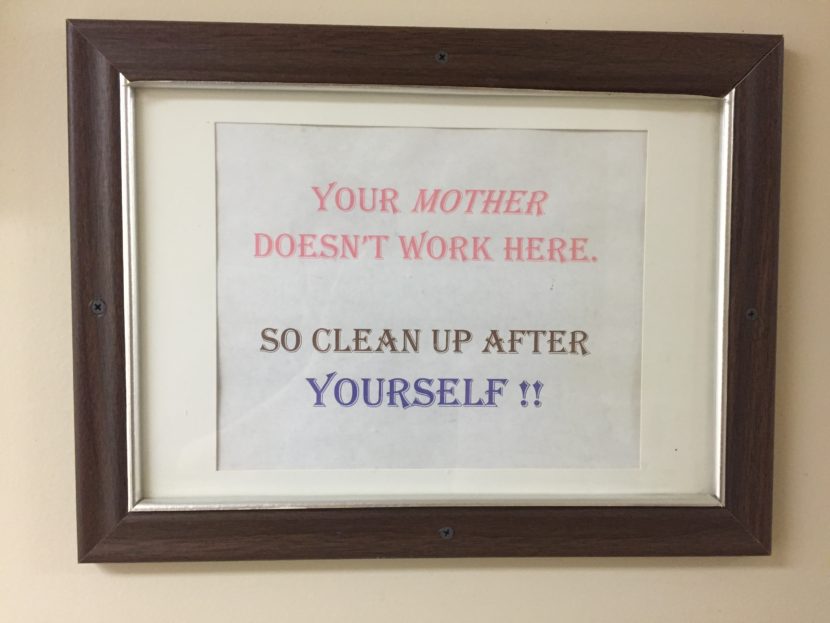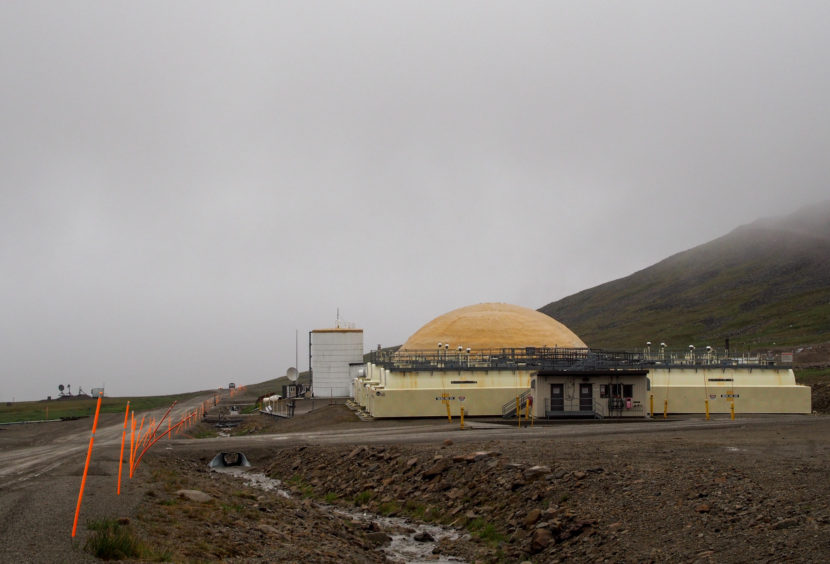 Scattered across Alaska are 15 radar sites in some of the most remote areas of the state, feeding information to a command center in Anchorage. Keeping them humming 365 days a year are tiny crews of private contractors who live there for months at a time. To a lot of people, the prospect sounds crazy. To others the solitary rhythm makes total sense.
Scattered across Alaska are 15 radar sites in some of the most remote areas of the state, feeding information to a command center in Anchorage. Keeping them humming 365 days a year are tiny crews of private contractors who live there for months at a time. To a lot of people, the prospect sounds crazy. To others the solitary rhythm makes total sense.
“Ya know, we have celery, and avocados and broccoli, all the normal normals,” said Leta Page. Page is what’s called a “service technician” at the Cape Romonzof Long Range Radar site, an Air Force installation at the edge of the Bering Sea, 15 miles from the nearest village. She’s basically a combination of a cook, quartermaster, and housekeeper.
“I keep my cheeses here,” Page said as she showed me around one of the many freezers. She keeps pounds and pounds of bacon,there, too. “These guys eat a lot of bacon.”
Page and the three other employees that live here work for ARCTEC, a private company that’s held the Air Force contract to maintain these radar sites for the last two decades. Back in the ’50s and ’60s when the installations were manned by hundreds of service members each, it was considered a hardship posting. Depression and pathological boredom were regular. Tours were kept to just one year. Page has been here five.
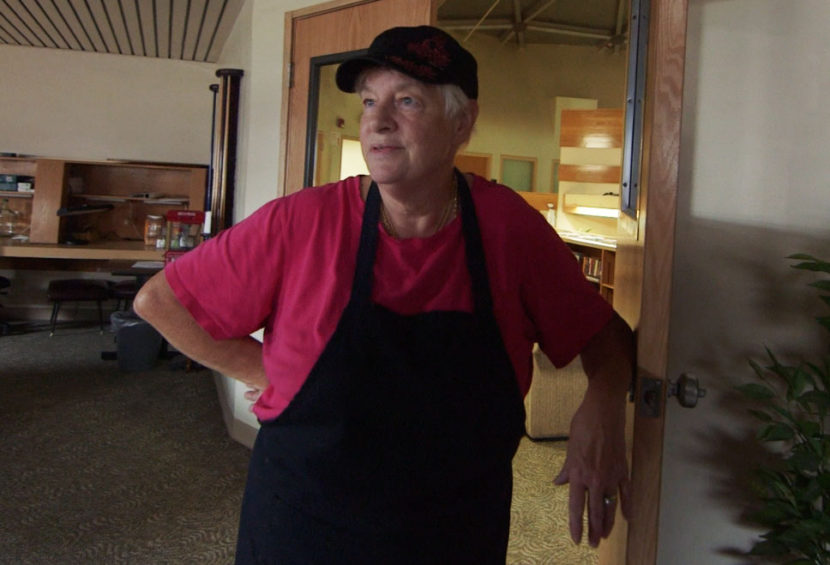
“I’m a piddler,” Page said. “And I find something to do all the time.”
A “piddler,” in Page’s telling, is someone who can just find work that needs to be done. She said it’s common here, that all the technicians are pretty self-directed, and don’t need each other for amusement.
This isn’t her first remote posting. She worked out at Shemya, on the tail of the Aleutian chain, for nine years, but left when her husband got sick. After he passed, she signed on with ARCTEC. Usually she works for two months straight, then takes a month at home in Anchorage, where she’s got a house and can spend uninterrupted time with her grandkids.
“I go pick up my grandbaby at daycare and we go all day long. Now I got two more grandbabies, so I’ll have all three of ’em and we’ll just go, because I don’t have to work.”
On top of the schedule, it’s good money. Generally, technicians make between $120,000 and $150,000 a year, with few expenses while they’re on site. There’s internet, so people can communicate with their families. ARCTEC’s workforce is overseen by Kevin Smiley, who said the company screens job applicants to make sure they’re the type that can handle remote postings.
“We try to work people into it a little bit slower,” Smiley said. “Your first assignment might not be such a long stretch, might be a shorter stretch, kinda send you out, let you experience what’s it’s like before you sign up for that four-month haul in the middle of winter.”
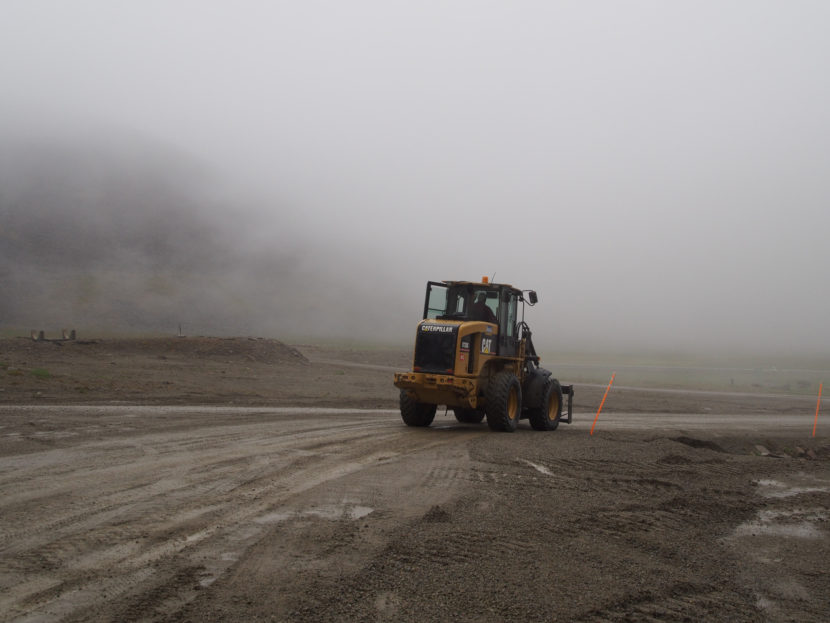
The vast majority of site techs are former military, many of whom take advantage of the surrounding wilderness.
“Ya know, one site does a lot of gold mining,” Smiley said. “They find a lot of ways to recreate, whether it’s hunting, fishing, gold mining, trapping. They find a lot of things to keep busy and to do.”
Smiley doesn’t use the word piddler, but this might meet the definition. He shrugged off the suggestion that these jobs are abnormally extreme.
“Would I do it? I – I have – sure I would do it,” Smiley said. “You know, it’s like, eventually someone will come and get you. Ha ha. And there’s food to eat and there’s things to do, so you’ll be OK.”

At Romanzof, Page recalled a period where weather kept out the supply plane for six weeks.
“Yeah, we didn’t have any groceries – anything fresh,” Page said. “So I told the guys if they wanted milk they had to go out to the barn and milk the cow. And if they wanted any eggs they had to go down to the beach and get the seagull eggs down there, that was the closest to eggs they were gettin’ from me.”
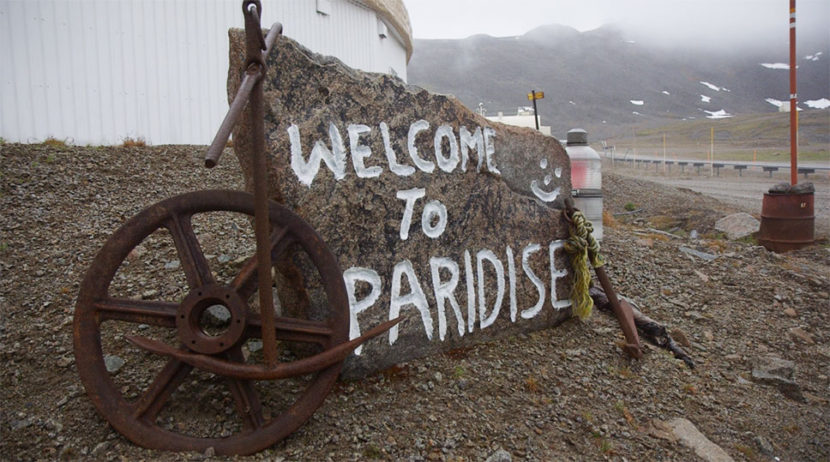
Page kept showing me around the cavernous insulated dome where the contractors live. Past the industrial kitchen is a dining area, and one floor up is a ring of bedrooms.
“Now if you don’t look at the dirt you can look at my room,” Page said.
It looks like a college dorm room that’s been permanently settled, with a TV, comfy chair and an expansive crocheting project tucked neatly in a corner. When Page showed me the supply depot she’s in charge of my jaw dropped. It’s stocked with absolutely every spare provision you could possibly need.
“Well yeah, back in behind here I got blinds for the windows, and there’s some rugs back here – see those black round things? Those are mattresses,” Page said.
I have the sense that Page gets a profound satisfaction from being able to comprehensively care for other people. Years before Romanzof when she lived in Anchorage, she handled the kitchen at a behavioral health clinic for girls.
“Yeah. There was a lot of sad cases,” Page said. “Behavior problems and abuse and everything else. I don’t think a kid should be treated that way, and that was probably the hardest part.”
At the time, her sons were about the same age as the patients. Her house was the gathering spot for a small tribe of teenage boys.
“If I didn’t have one boy I had 10 at my house,” Page said.
When I ask if keeping a home peppered with lost boys is that far off from mothering a bunch of loners at the remote military site, Page said no, not so far off.
“When I first started working remote the station chief told me, ‘Leta, just treat all the guys like they were kids and you’ll be fine, you won’t miss your kids so much then.’ And actually, I still do,” she said.
